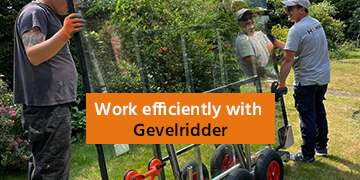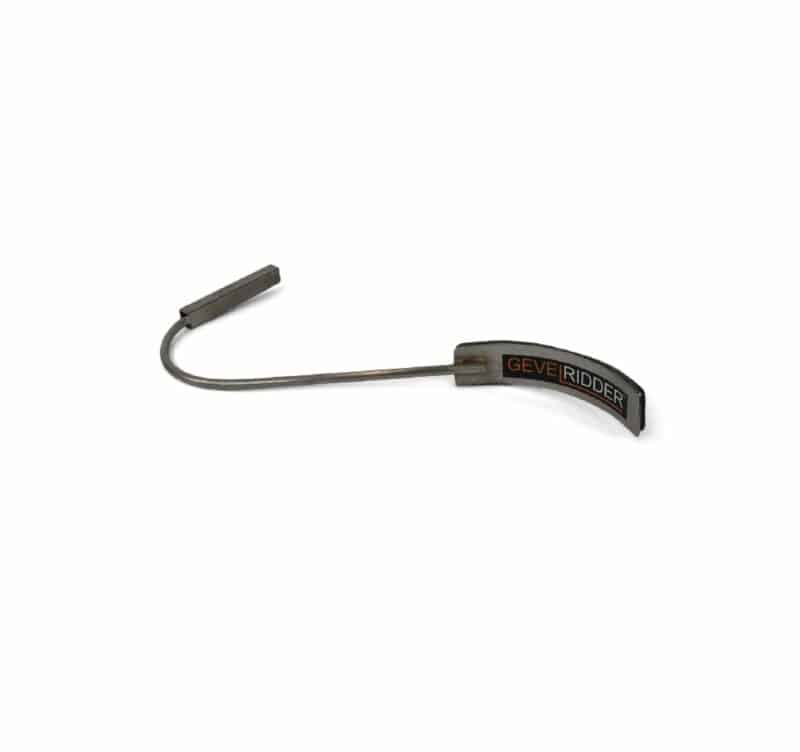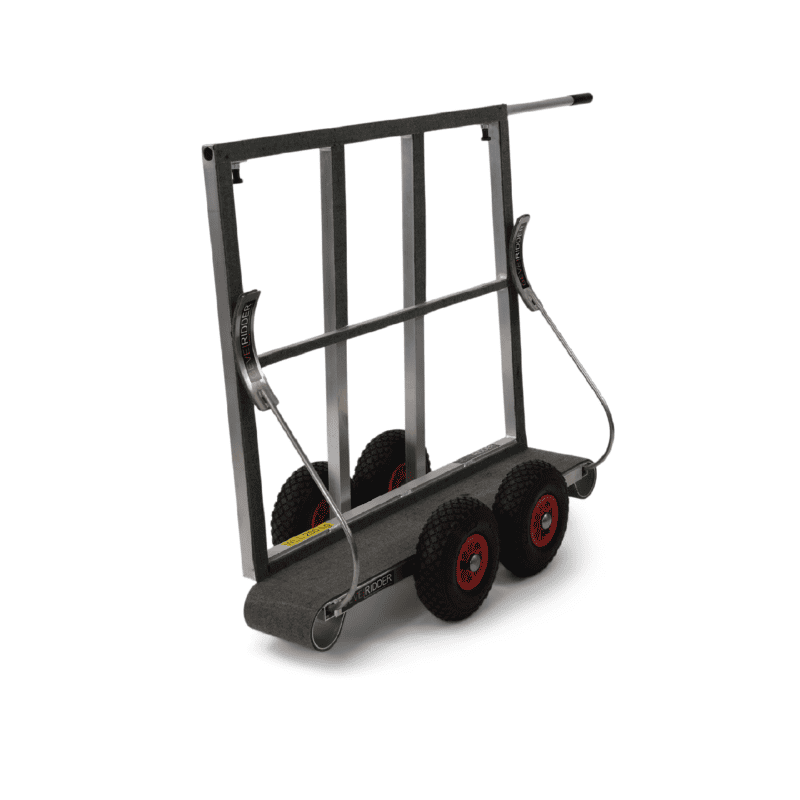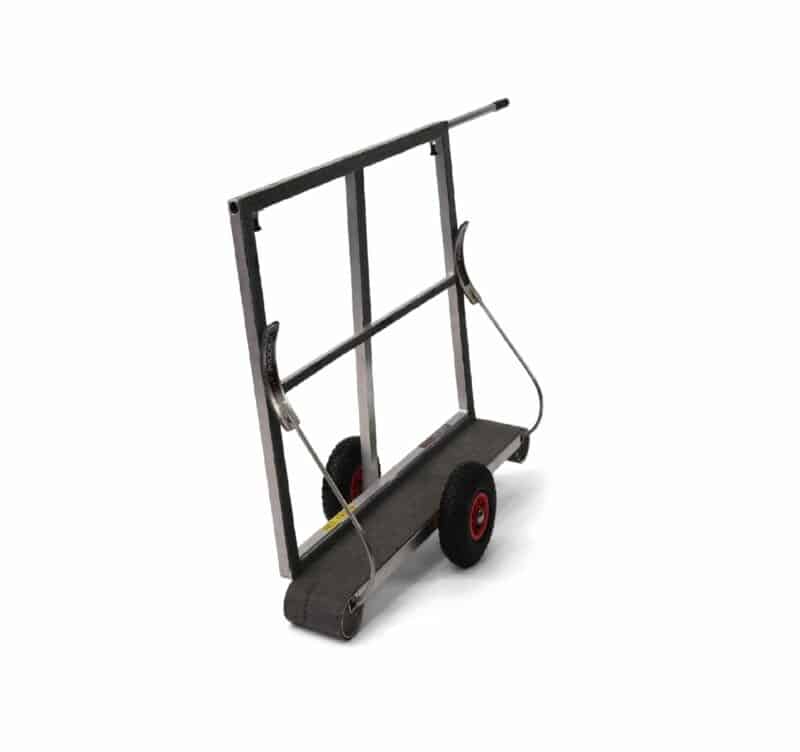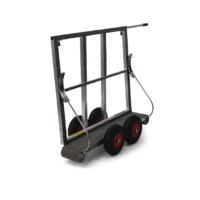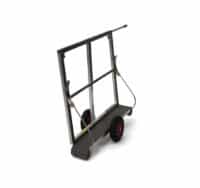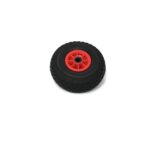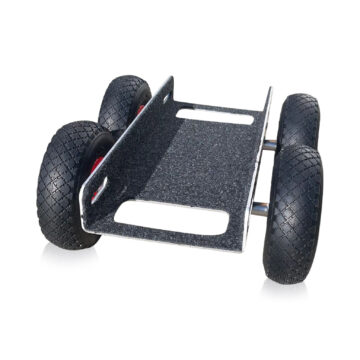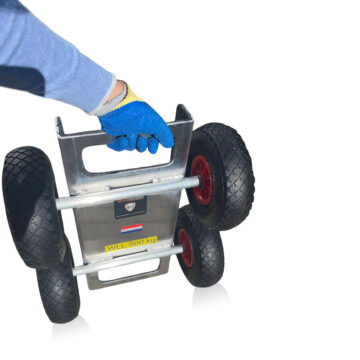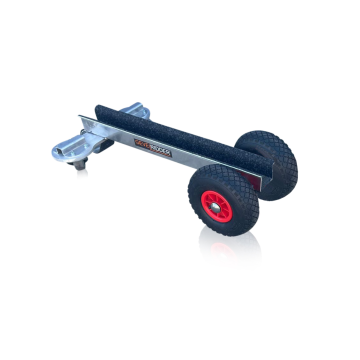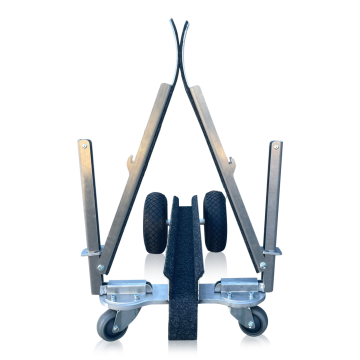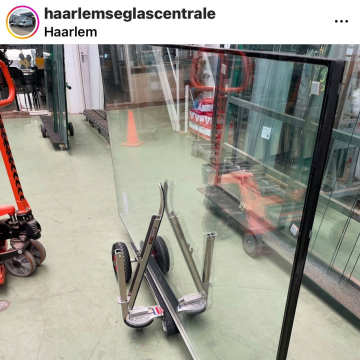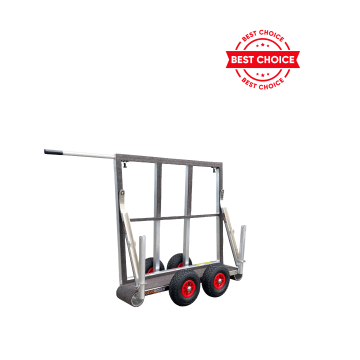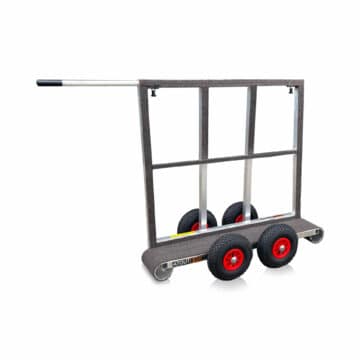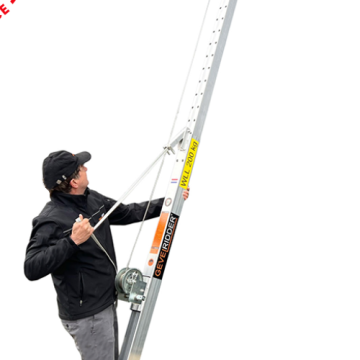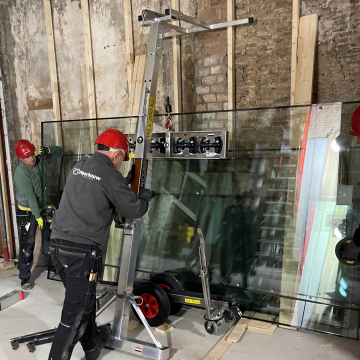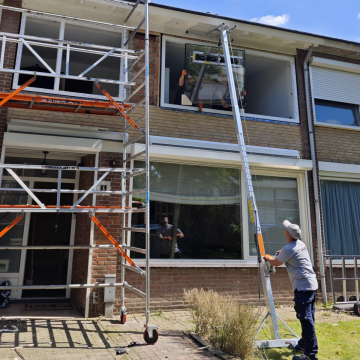SpanLance for the plate trolley
€56.00 (Excl. VAT)
€67.76 (Incl. VAT)In stock
The tension clamp fits the Gable Cart 150 kg and the Gable Cart 4×4.
It is made of high quality steel well rust-proofed with rubber coated to not damage the glass or plates.

SpanLance
The SpanLance for the GableRiver Cart prevents your (glass) plate from falling forward. In principle one lance is enough, for large (glass) sheets we recommend two lances. If you are transporting larger glass dimensions on the Gevelridder glass cart, we recommend the SpanLance. The SpanLance is made of high quality stainless steel and of course: Made in Holland. The price is per piece.
SpanLans in the Middle Ages.
In the Middle Ages, the main weapons for the armed knight on horseback were the sword and lance. If necessary, he could additionally use a dagger and a mace with iron fittings. To protect himself, the knight wore a coat of mail that did not provide complete protection, so he covered more and more parts of his body with iron plates and eventually armor came into being. This led to the fact that after the year 1000 the use of the lance also changed. The wooden shaft with the iron tip of about 15 cm remained, but people began to handle the lance differently. Until then, people had either raised the lance overhead to stab or throw, or held it under the right arm to keep it balanced. Research shows that from the last quarter of the eleventh century heavier lances were used, which were held under the armpit with the right hand just behind a stabbing ring. The stab ring was fitted to provide resistance in a confrontation. The lance pointed diagonally across the horse’s neck to the left side. By gaining speed with his horse, the knight was able to deliver a killing blow in this manner. This is called couched lance technique. Maurice Keen called a knight who used this technique a “human projectile. For this technique, the knight had to be specially trained. He had to simultaneously hold his shield with his left hand, operate the reins and stay in the saddle. Saddles were specially adapted for this technique.

